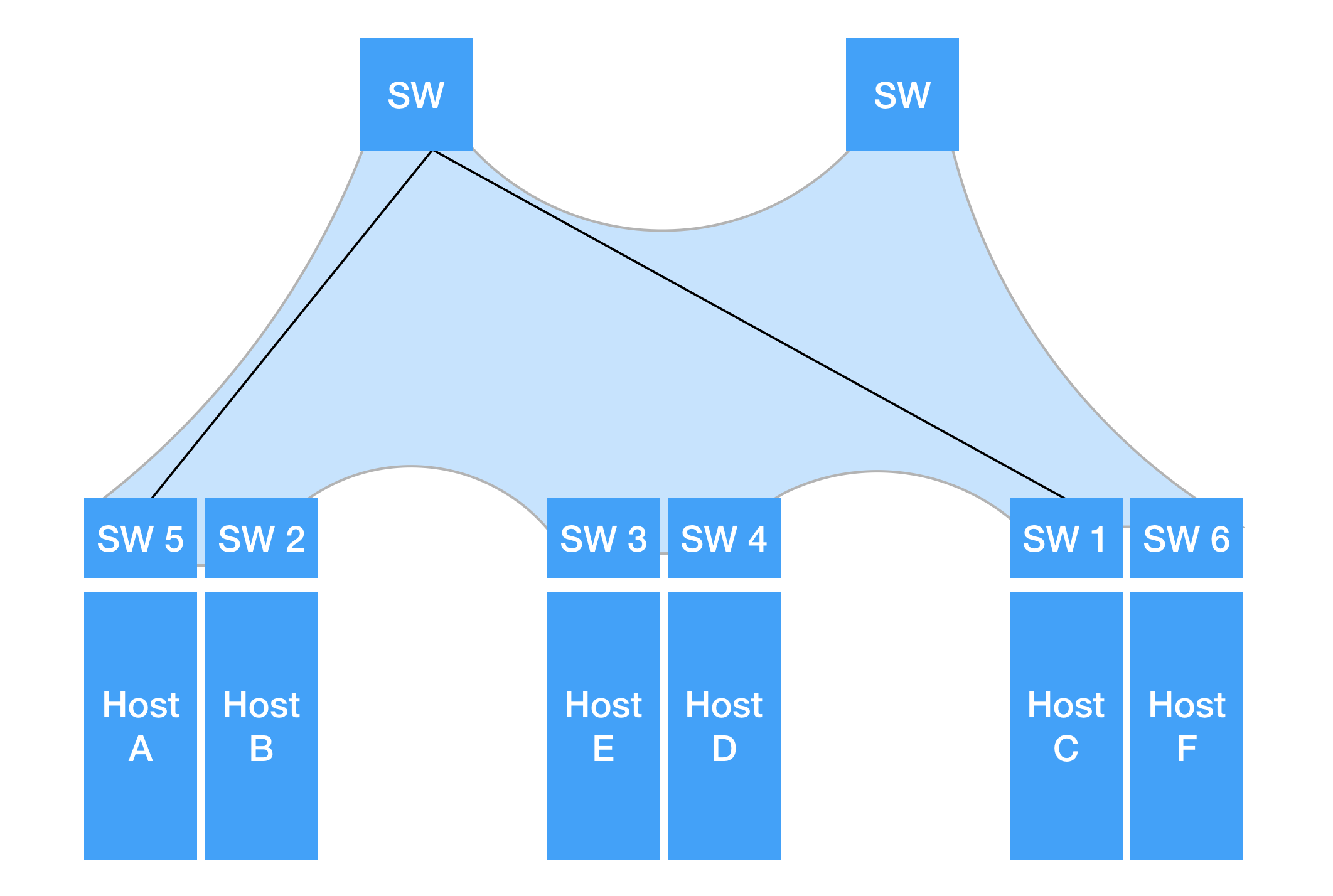Fabric Path Switching System

A highly flexible and efficient data center is required nowadays. One that supports scalable layer 2 networks for high performance computing or each computer virtualization which means pulling and workload flexibility. Today deploying layer 2 domains is hampered by Spanning-Tree limitations, which block links to avoid network loops. This blocking limits scalability, creates bandwidth restriction and can cause application disruption when converging around failed links. To maximize stability and scalability on a Spanning-Tree environment, IT deploys smaller layer 2 domains with layer 3 boundaries. However to scale virtualization and HPC applications, requires larger layer 2 domains to maintain the connectivity in the same VLAN. Cisco Fabric Path addresses the scaling limitations of Spanning-Tree and helps enable the next generation of scalable and dynamic data centers. Cisco Fabric Path is an NX OS innovation that combines the simplicity of layer 2 ethernet with the scalability and resiliency of layer 3 routing. It eliminates the need for Spanning-Tree, allowing you to build highly scalable level layer 2 ethernet networks with active and forwarding links. A Fabric Path Switching System. In the FPSS, traffic is spread across all available paths, significantly increasing bandwidth. In the event of a link of a switch failure this multipathing ability automatically forward packets over the remaining links. To ensure lowest end to end latency server to server communications are across the shortest path available. It also simplifies operation as switch paths are no longer limited to specific domains. You can now configure any port in any VLAN, on any switch, anywhere in the data center, significantly increasing deployment flexibility. If more switching capacity is needed, the system allow to simply add more switches as it automatically recognizes and add new links and switches simplifying operations.

This innovating layer 2 routing technology, each fabric path switch acquires a unique MAC address which is automatically distributed and maintained within a MAC routing table. Access switch has learned the MAC addresses of all hosts directly attach to it. When Host A want to communicate with Host C, Host A sends an ethernet frame to switch 5 which adds a Fabric Path destination switch header and rounds it across the layer 2 FPSS. Switch 1 removes the header and the ethernet frame is forwarded to Host C.
Application deployment is also simpler as VLANs can be extended across the data center allowing any application on any server anywhere on the data center. Applications are no longer tight to racks, they can be deployed on opposite ends of data centers just as easily as they could on servers in the same rack.
To sum up, Fabric Path help enable the next generation dynamic data center providing the flexibility to deploy multiple network topologies based on the application needs. It helps to maximize the data centers flexibility, resiliency and scalability for virtualization and HPC environments.